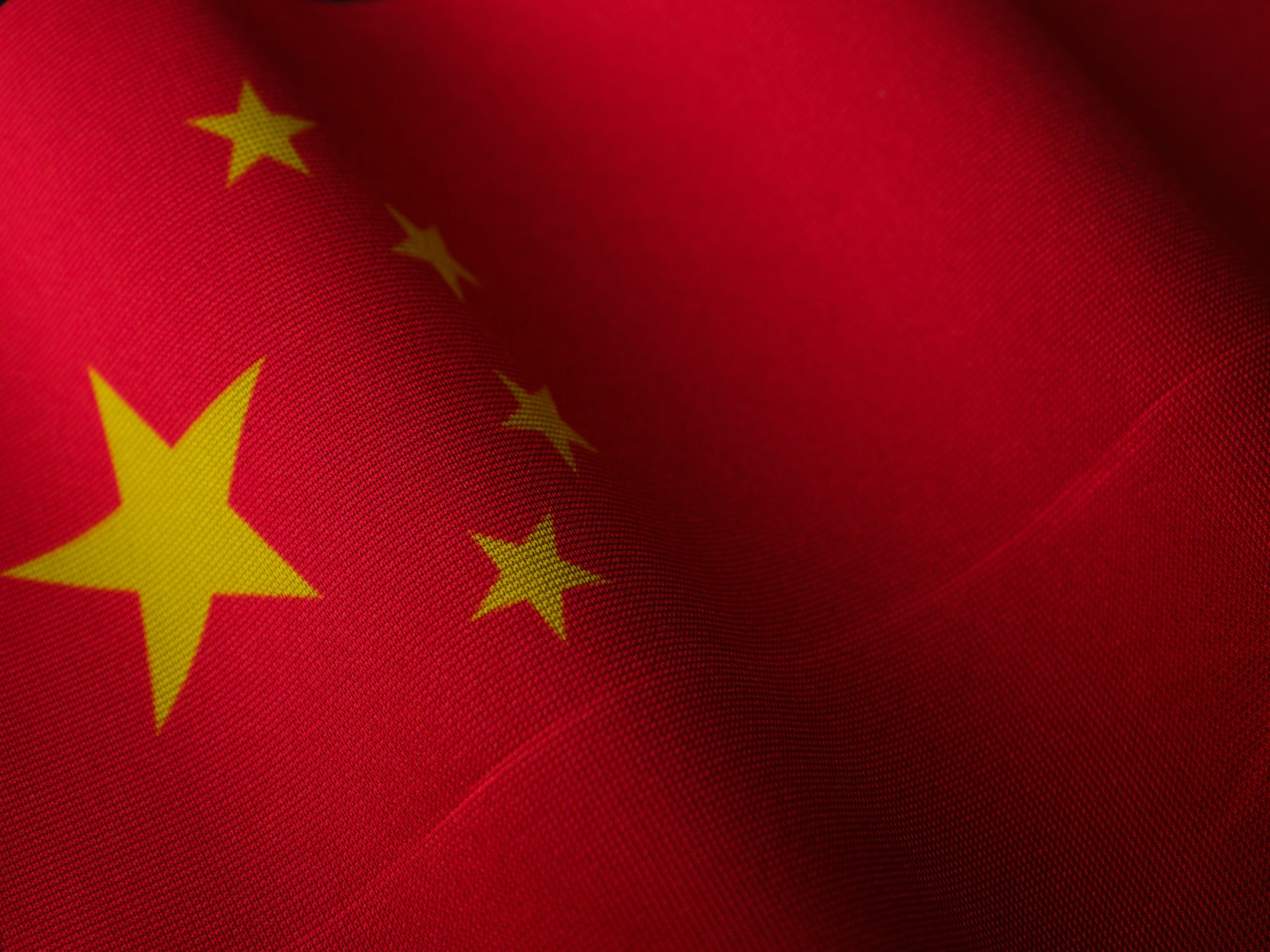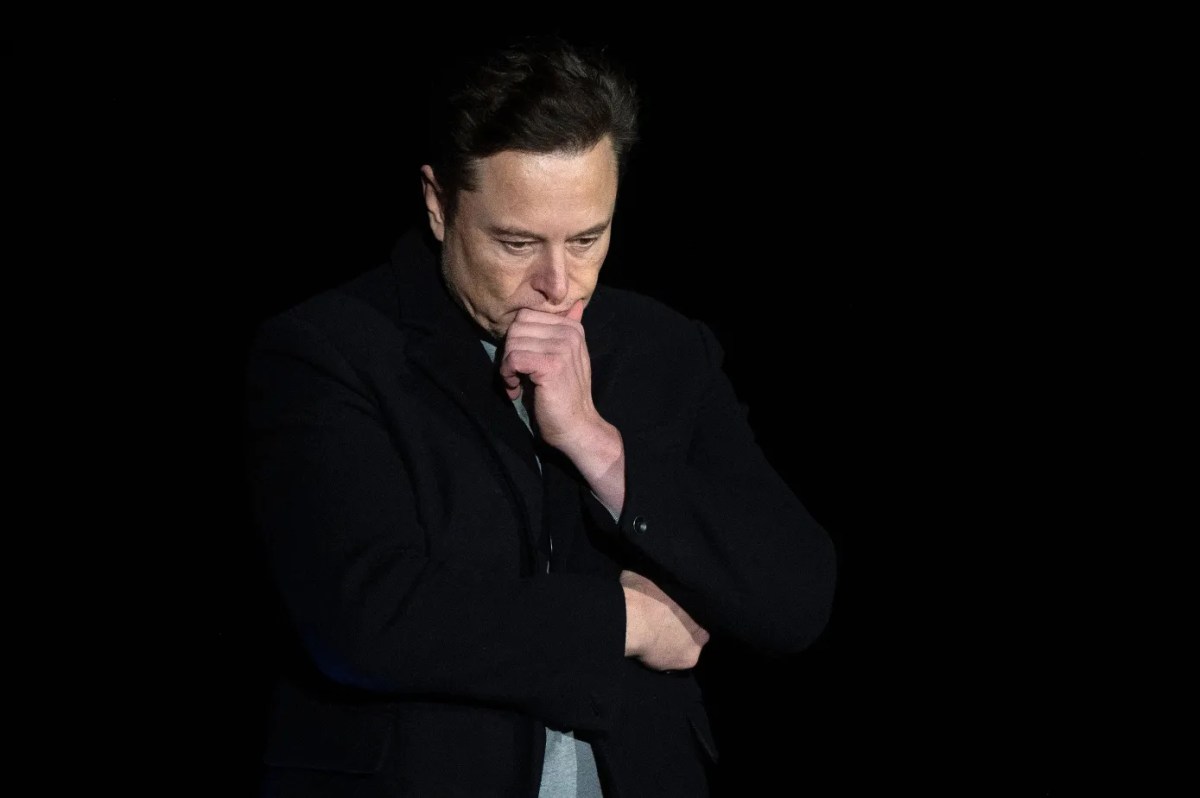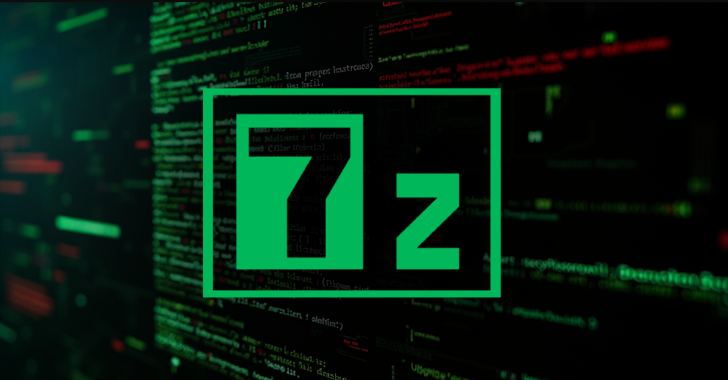The global technology landscape is being transformed by Chinese AI innovation, challenging traditional notions of Western dominance in advanced computing.
Recent breakthroughs from companies such as DeepSeek demonstrate China’s ability to adapt to and overcome international restrictions through innovative approaches to AI development.
According to Lee Kai-fu, CEO of Chinese startup 01.AI and former head of Google China, the gap between Chinese and American AI capabilities has significantly narrowed.
“In the past, I believed there was a six to nine-month gap, with China lagging behind in everything. Now, I think that gap has decreased to around three months in some core technologies, and in certain areas, China is even ahead,” Lee stated in a recent interview with Reuters.
DeepSeek has emerged as a prominent example of this new wave of Chinese AI innovation. On January 20, 2025, coinciding with Donald Trump’s inauguration as US President, DeepSeek launched its R1 model with minimal fanfare.
The low-cost, open-source large language model is reportedly comparable to or surpasses OpenAI’s ChatGPT-4, yet was developed at a significantly lower cost.
Algorithmic Efficiency Over Hardware Superiority
What makes DeepSeek’s achievements particularly noteworthy is how they were accomplished despite limited access to the latest silicon. Rather than being hindered by US export controls, Chinese AI innovation has thrived by focusing on algorithmic efficiency and innovative approaches to model architecture.
Different aspects of this innovative approach were showcased when DeepSeek released an upgraded V3 model on March 25, 2025. The DeepSeek-V3-0324 features enhanced reasoning capabilities and improved performance in multiple benchmarks.
The model demonstrated particular strength in mathematics, scoring 59.4 on the American Invitational Mathematics Examination (AIME) compared to its predecessor’s 39.6. It also improved by 10 points on LiveCodeBench to 49.2.
Häme University lecturer Kuittinen Petri noted on social media platform X that “DeepSeek is achieving all this with only approximately 2% of the resources of OpenAI.”
When prompted to create a responsive front page for an AI company, the new model produced a fully functional, mobile-friendly website with just 958 lines of code.
Market Reactions and Global Impact
The financial markets have taken notice of the shift in the AI landscape. When DeepSeek launched its R1 model in January, the Nasdaq plummeted 3.1%, while the S&P 500 fell 1.5% – an indication that investors recognize the potential impact of Chinese AI innovation on established Western tech companies.
The developments present both opportunities and challenges for the broader global community. China’s focus on open-source, cost-effective models could democratize access to advanced AI capabilities for emerging economies.
Both China and the US are investing heavily in AI infrastructure. The Trump administration has unveiled its $500 billion Stargate Project, and China projects investments of over 10 trillion yuan (US$1.4 trillion) in technology by 2030.
Supply Chain Complexities and Environmental Considerations
The evolving AI landscape creates new geopolitical complexities. Countries like South Korea highlight the situation, as the world’s second-largest producer of semiconductors became increasingly dependent on China in 2023 for five of the six most critical raw materials needed for chipmaking.
Companies like Toyota, SK Hynix, Samsung, and LG Chem remain vulnerable due to China’s supply chain dominance. As AI development accelerates, environmental implications also come into play.
According to the think tank, the Institute for Progress, maintaining AI leadership will require the United States to build five gigawatt computing clusters in five years. By 2030, data centers could consume 10% of US electricity, more than double the 4% recorded in 2023.
Similarly, Greenpeace East Asia estimates that China’s digital infrastructure electricity consumption will surge by 289% by 2035.
The Path Forward in AI Development
DeepSeek’s emergence has challenged assumptions about the effectiveness of technology restrictions. As Lee Kai-fu observed, Washington’s semiconductor sanctions were a “double-edged sword” that created short-term challenges but ultimately forced Chinese firms to innovate under constraints.
Jasper Zhang, a mathematics Olympiad gold medalist with a doctoral degree from the University of California, Berkeley, tested DeepSeek-V3-0324 with an AIME 2025 problem and reported that “it solved it smoothly.” Zhang expressed confidence that “open-source AI models will ultimately prevail,” adding that his startup Hyperbolic now supports the new model on its cloud platform.
Industry experts are now speculating that DeepSeek may release its R2 model ahead of schedule. Li Bangzhu, founder of AIcpb.com, a website tracking the popularity of AI applications, noted that “the coding capabilities are much stronger, and the new version may pave the way for the launch of R2.” R2 is slated for an early May release, according to Reuters.
Both nations are pushing the boundaries of what’s possible. The implications extend beyond their borders to impact global economics, security, and environmental policy.
(Image credit: engin akyurt/Unsplash)
See also: US-China tech war escalates with new AI chips export controls

Want to learn more about AI and big data from industry leaders? Check out AI & Big Data Expo taking place in Amsterdam, California, and London. The comprehensive event is co-located with other leading events, including Intelligent Automation Conference, BlockX, Digital Transformation Week, and Cyber Security & Cloud Expo.
Explore other upcoming enterprise technology events and webinars powered by TechForge here
Source Link





